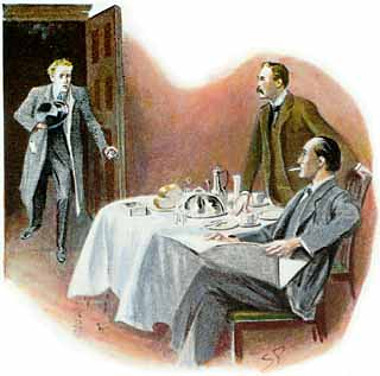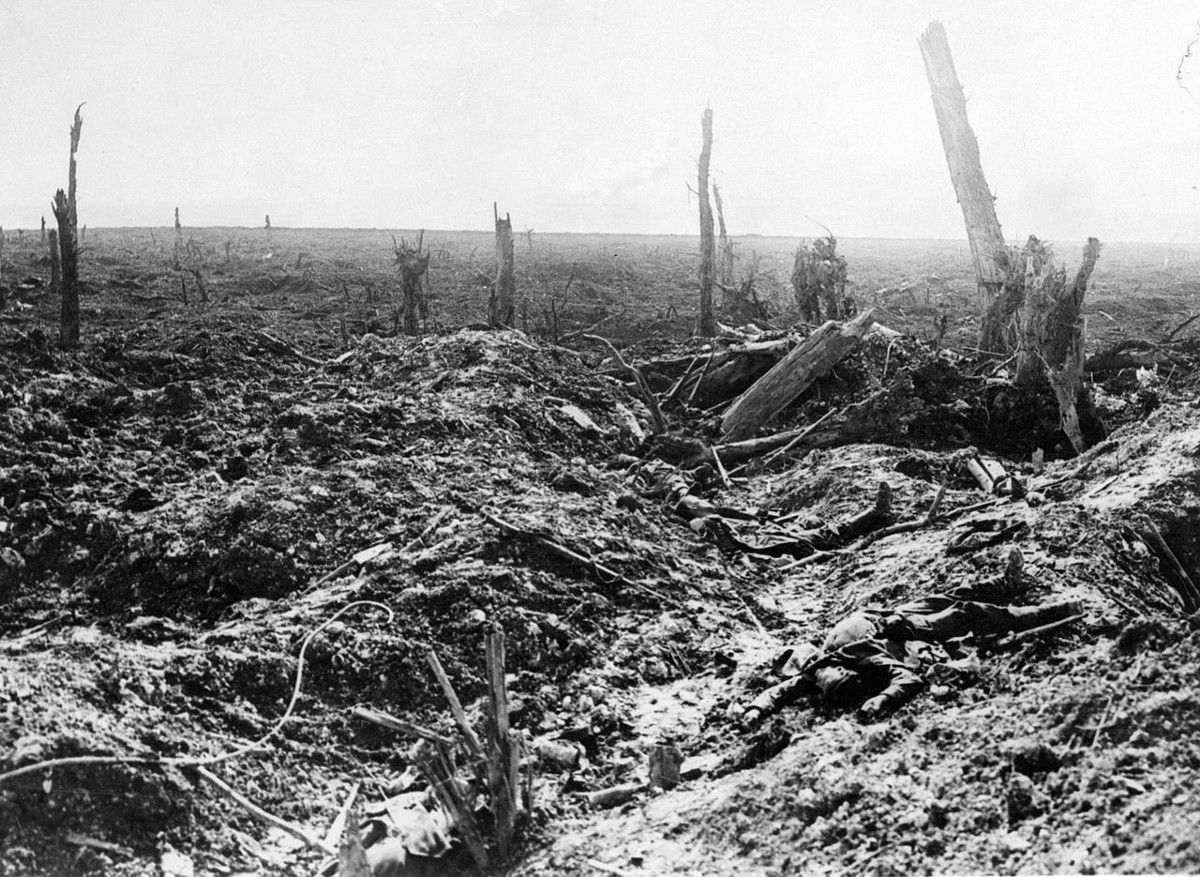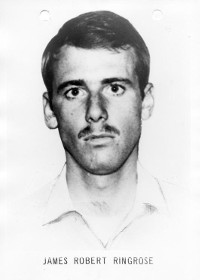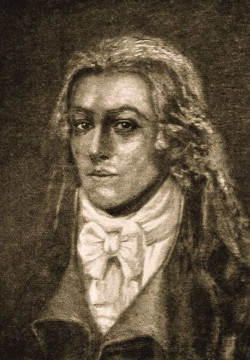
When does Sherlock Holmes eat breakfast?
- In A Study in Scarlet we are told that Holmes “had invariably breakfasted and gone out” before Watson rose in the morning.
- But just over a year later, in early April 1883, Watson describes himself as “regular in my habits” and says Holmes is “a late riser as a rule.”
- In 1889, in “The Adventure of the Engineer’s Thumb,” Watson receives a visitor just before 7 a.m. and takes him to visit Holmes, remarking that they will “just be in time to have a little breakfast with him.”
- In The Hound of the Baskervilles Holmes is “usually very late in the mornings.”
- In “The Adventure of Black Peter” Inspector Stanley Hopkins is invited to breakfast at 9:30 a.m.
- In The Valley of Fear Holmes is found sitting before “his untasted breakfast” at about 10.
- In “The Five Orange Pips” “Sherlock Holmes was already at breakfast when I came down.”
- In “The Adventure of the Norwood Builder” the two breakfast together.
- In “The Problem of Thor Bridge” Watson descends to breakfast with his friend and finds “that he had nearly finished his meal, and that his mood was particularly bright and joyous.”
In Sherlock Holmes Detected, Ian McQueen writes, “There are so many contradictions about breakfast-time that one hesitates to express a certain view; save possibly one, that Watson, ready as always to submit to his very human failings, was not very good at getting up in the mornings.” He quotes Ronald Knox: “Both in A Study in Scarlet and in The Adventures, we hear that Watson breakfasted after Holmes: in The Hound we are told that Holmes breakfasted late. But then, the true inference from this is that Watson breakfasted very late indeed.”
By the time of Holmes’ retirement, McQueen notes, Watson pays Holmes no more than “an occasional week-end visit,” since the detective now takes only an “early cup of tea” and favors clifftop walks and sea-bathing before breakfast. “Watson kept out of the way!”






